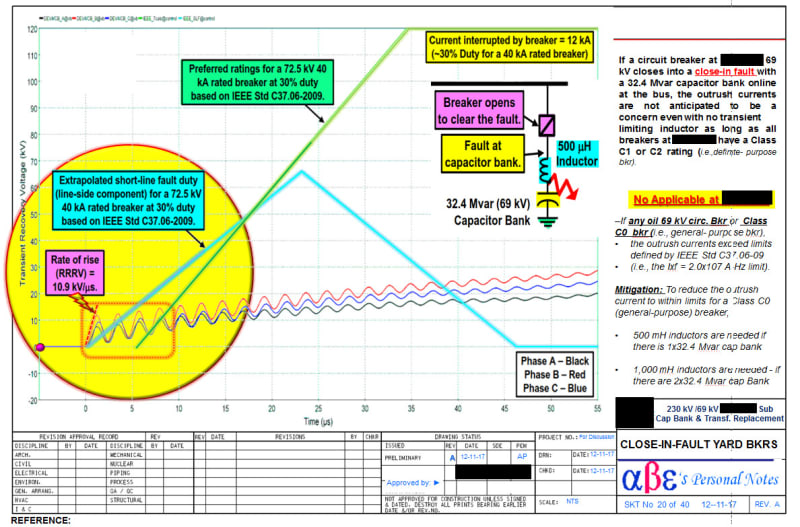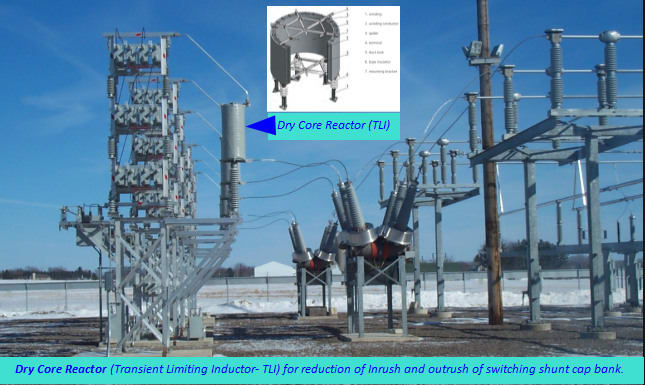I'm looking for model recommendations (commonly available in USA) for stand-alone relaying CTs (C400 or higher) that can be used for protection applications with circuit switchers. Circuit switcher manufacturers never seem to provide slip on CTs as an option similar to circuit breakers. Combo units with PTs/CTs would be the most convenient since PTs are needed also, but the CTs provided in combo units are usually made for metering accuracy applications and not relaying accuracy.
Thanks
Thanks


